This fella is definitely big and hairy. And it appears that maybe your goals should be too.
In their book about building habits that last, James Collins and Jerry Porras believe there’s a huge amount of benefit in setting powerful, bold, life-changing goals that take you outside of your comfort zone. It should be a clear, compelling goal that literally inspires you.
A famous example of one of their so-called BHAG’s (Big Hairy Audacious Goals) might be America’s desire to put the first person on the moon. Of course you don’t need to travel into outer space, but you do need something that’s equivalent to shooting for the stars.
Make sure your goals are HARD
You’ll be very familiar with the SMART acronym commonly used with goals, the A of which stands for Achievable. We’ve long been told to set goals that we know we can achieve, and whilst we need to believe we can do it, it appears there’s a lot to be said for being a dreamer.
Edwin Locke and Gary Latham conducted a review of years worth of research into goal-setting; indeed across the studies they looked at, 40,000 people had set goals of some kind. What they uncovered was that difficult goals consistently led to higher levels of performance in a wide range of settings, indeed they note that…
“the highest or most difficult goals produced the highest levels of effort and performance.”
It’s thought that setting tougher goals helps us to focus our mind on the task at hand, filtering out other things that may distract from the main target. They also act to energise us, increasing our drive to succeed, and they help us to develop persistence as they can’t be achieved overnight. Finally, they appear to make us use our brains more, increasing ingenuity.
You’ll know you’ve set yourself a HARD goal if it is:
Heartfelt: Do you have extremely important reasons for wanting to achieve your goal?
Animated: Can you picture yourself clearly having achieved the goal? What’s it like? What does it look, feel and sound like to you?
Required: Have you worked out clearly the tasks you need to do in order to achieve your goal? more on these shortly/
Difficult: Have you identified the knowledge and skills you need in order to make your goal a reality.
Focus on the process
Because BHAG’s can take time, focusing solely on the outcome can be demotivating as even if you’re making progress, it can still seem like a long way away.
This is where you need to mix your gigantic goal with more frequent stepping stones. Process goals are ones where you set yourself targets around what you’re going to do as opposed to what you want as a result. So for example, when NASA wanted to put Neil Armstrong on the moon, they had to set themselves hundreds if not thousands of smaller goals around things like rocket design, fuel to be used, coping with G-Force, designing a moon-landing craft and of course getting the astronauts home safely.
Process goals should be at the forefront of your mind at all times, giving you daily tasks to achieve to inch your way towards the dream. Make a list of all the things you need to do and then identify the very first one you need to do. Once done you move on to the next and so on. Think of it as project management; you’re moving one step at a time towards completing your mission.
If you didn’t get chance to read my blog earlier this week on quick wins, make sure you take a look at it here as there’s more on process goals to help you.
So, dream big and you might be surprised what you can do.











